Bleeding Heart Color Change – Do Bleeding Heart Flowers Change Color
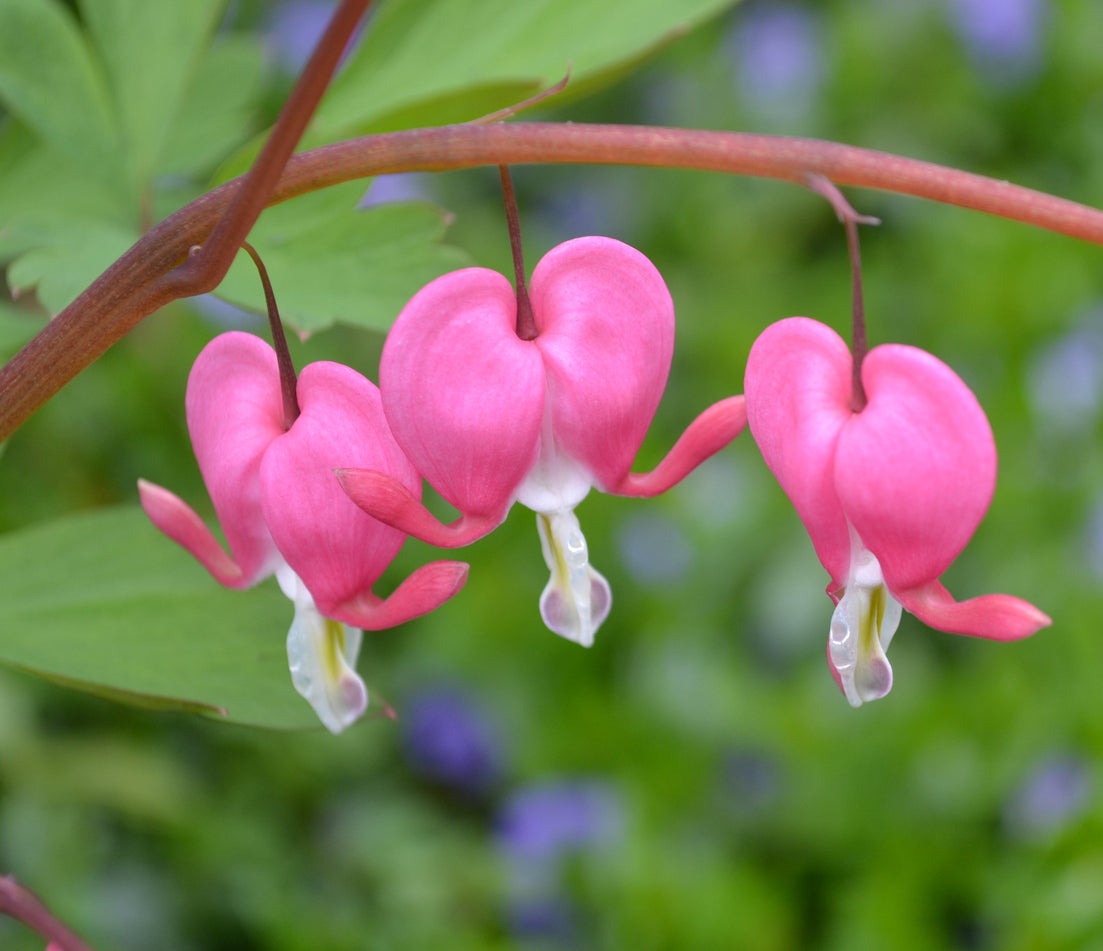
Old-fashioned favorites, bleeding hearts, Dicentra spectabilis, appear in the early spring, popping up alongside early blooming bulbs. Known for their lovely heart-shaped blooms, the most common color of which is pink, they may also be pink and white, red, or solid white. On occasion, the gardener may find, for example, that a previously pink bleeding heart flower is changing color. Is that possible? Do bleeding heart flowers change color and, if so, why?
Do Bleeding Hearts Change Color?
An herbaceous perennial, bleeding hearts pop up early in the spring and then being rather ephemeral, die fairly quickly back until the following year. Generally speaking, they will bloom again the same color they did the successive year, but not always because, yes, bleeding hearts can change color.
Why are Bleeding Heart Flowers Changing Color?
There are a few reasons for a bleeding heart color change. Just to get it out of the way, the first reason may be, are you sure you planted a pink bleeding heart? If the plant is blooming for the first time, it is possible that it has been mislabeled or if you received it from a friend, he or she may have thought it was pink but it’s white instead. Okay, now that the obvious is out of the way, what are some other reasons for a bleeding heart color change? Well, if the plant has been allowed to reproduce via seed, the cause may be a rare mutation or it may be due to a recessive gene that has been suppressed for generations and is now being expressed. The latter is less likely while the more probable cause is that the plants that grew from the seeds of the parent did not grow true to the parent plant. This is a fairly common occurrence, especially amongst hybrids, and happens throughout nature in both plants and animals. There may, indeed, be a recessive gene being expressed which is generating an interesting new trait, bleeding heart flowers changing color. Lastly, although this is just a thought, there is a possibility that the bleeding heart is changing bloom color due to the soil pH. This might be possible if the bleeding heart has been moved to a different location in the garden. Sensitivity to pH with regards to color variation is common amongst hydrangeas; perhaps bleeding hearts have a similar proclivity.
Gardening tips, videos, info and more delivered right to your inbox!
Sign up for the Gardening Know How newsletter today and receive a free copy of our e-book "How to Grow Delicious Tomatoes".

Amy Grant has been gardening for 30 years and writing for 15. A professional chef and caterer, Amy's area of expertise is culinary gardening.
-
 Types Of Tomatoes Explained: Explore The Many Wonderful Shapes, Colors, Flavors, & Best Uses
Types Of Tomatoes Explained: Explore The Many Wonderful Shapes, Colors, Flavors, & Best UsesThe world of tomato varieties is vast and fascinating. Learn about the key types to grow in your garden, tailored to your preferences and space.
By Amy Grant
-
 Try The Trend – Turn Any Bed Into A Keyhole Garden With This Clever In-Ground Composter
Try The Trend – Turn Any Bed Into A Keyhole Garden With This Clever In-Ground ComposterKeyhole gardening is an efficient and sustainable practice that saves space. Get started on this DIY project quickly and easily with an in-ground composter.
By Bonnie L. Grant
-
 Houseplant Bleeding Heart Care – Growing A Bleeding Heart Plant Inside
Houseplant Bleeding Heart Care – Growing A Bleeding Heart Plant InsideIn order to be able to grow bleeding heart as a houseplant, it is important to know the conditions that this plant enjoys outdoors.
By Raffaele Di Lallo
-
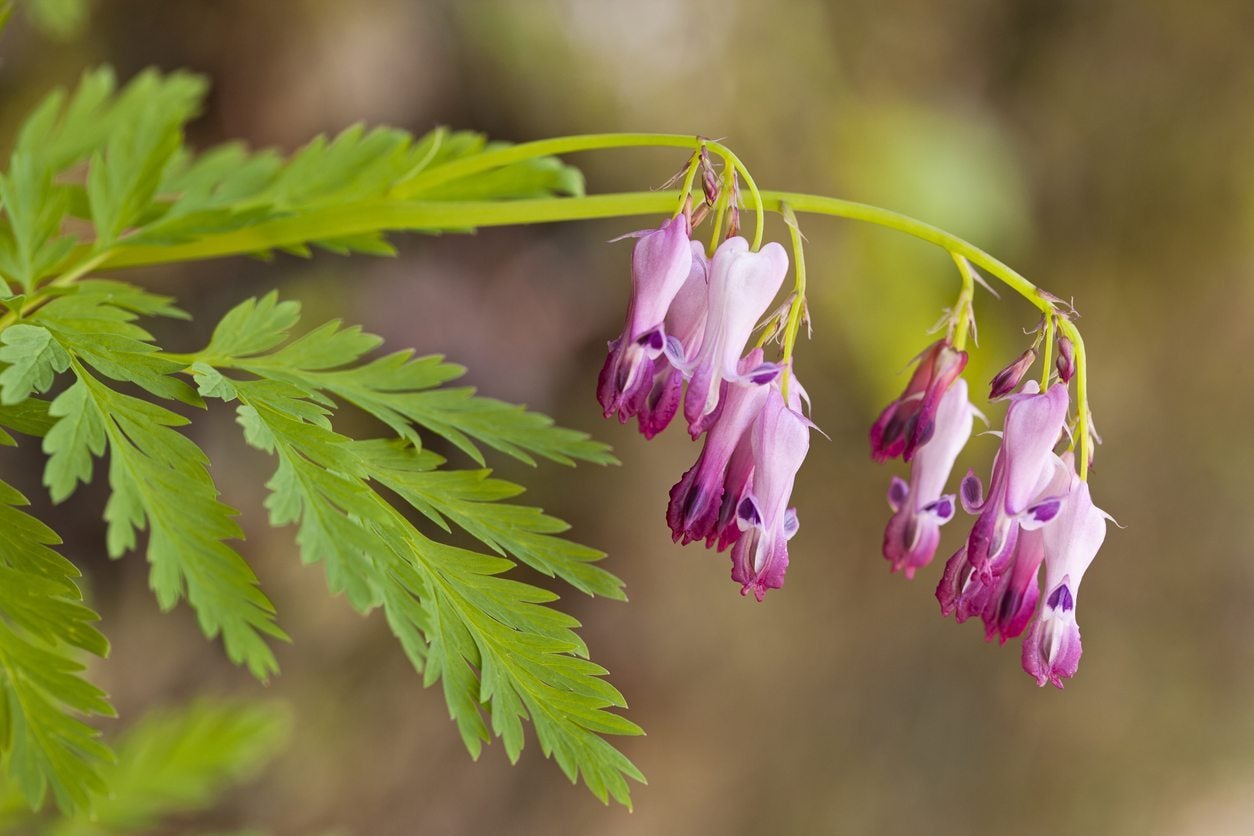 Caring For Bleeding Hearts: How To Grow A Fringed Bleeding Heart Plant
Caring For Bleeding Hearts: How To Grow A Fringed Bleeding Heart PlantWhile the old-fashioned Asian native bleeding heart (Dicentra spectabilis) is the most commonly used type in gardens, growing fringed bleeding heart varieties is gaining popularity. What is a fringed bleeding heart? Click here for more information.
By Darcy Larum
-
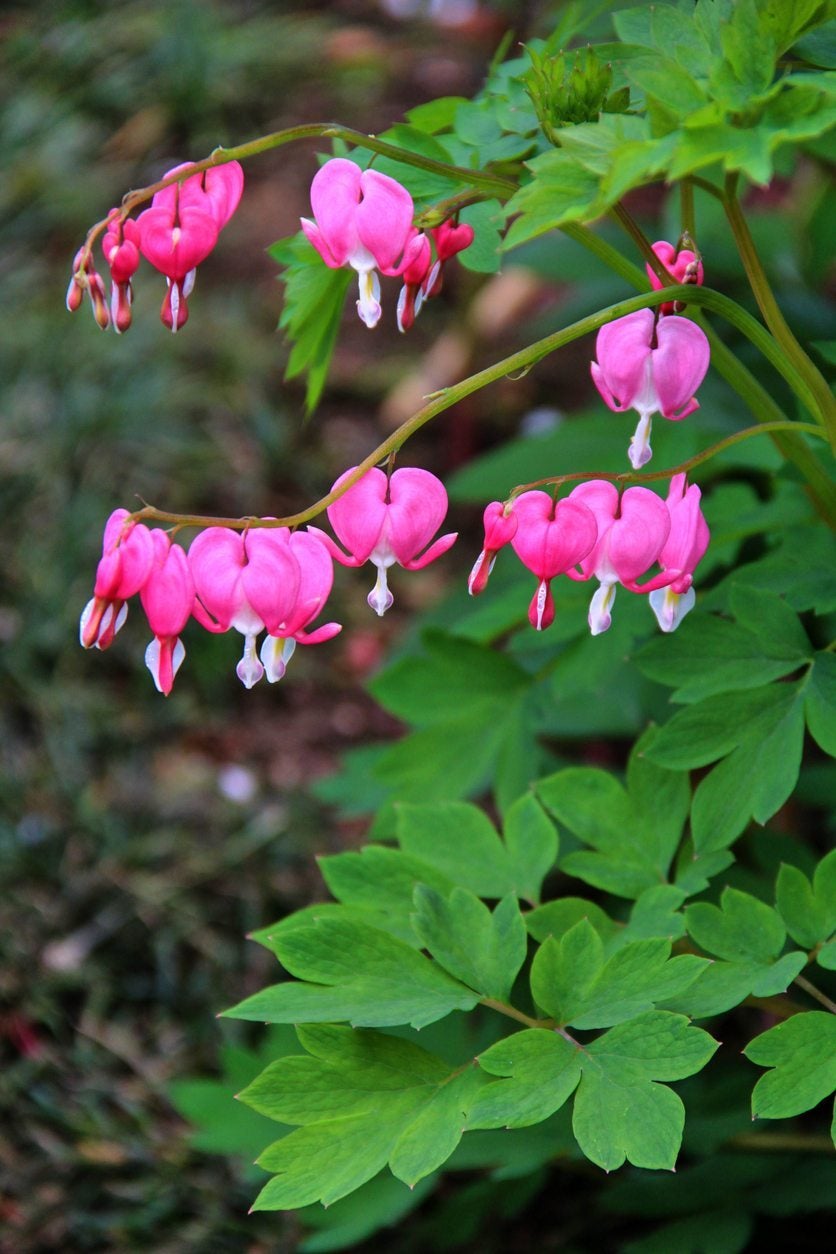 Bleeding Heart Pest Problems – Common Bugs That Eat Bleeding Heart Plants
Bleeding Heart Pest Problems – Common Bugs That Eat Bleeding Heart PlantsBleeding heart is an old-fashioned perennial that adds color and charm to shady spots in your garden. While the plant is surprisingly easy to grow, it can fall prey to a number of pesky insects. If you think something is bugging your plant, click here to learn more.
By Mary H. Dyer
-
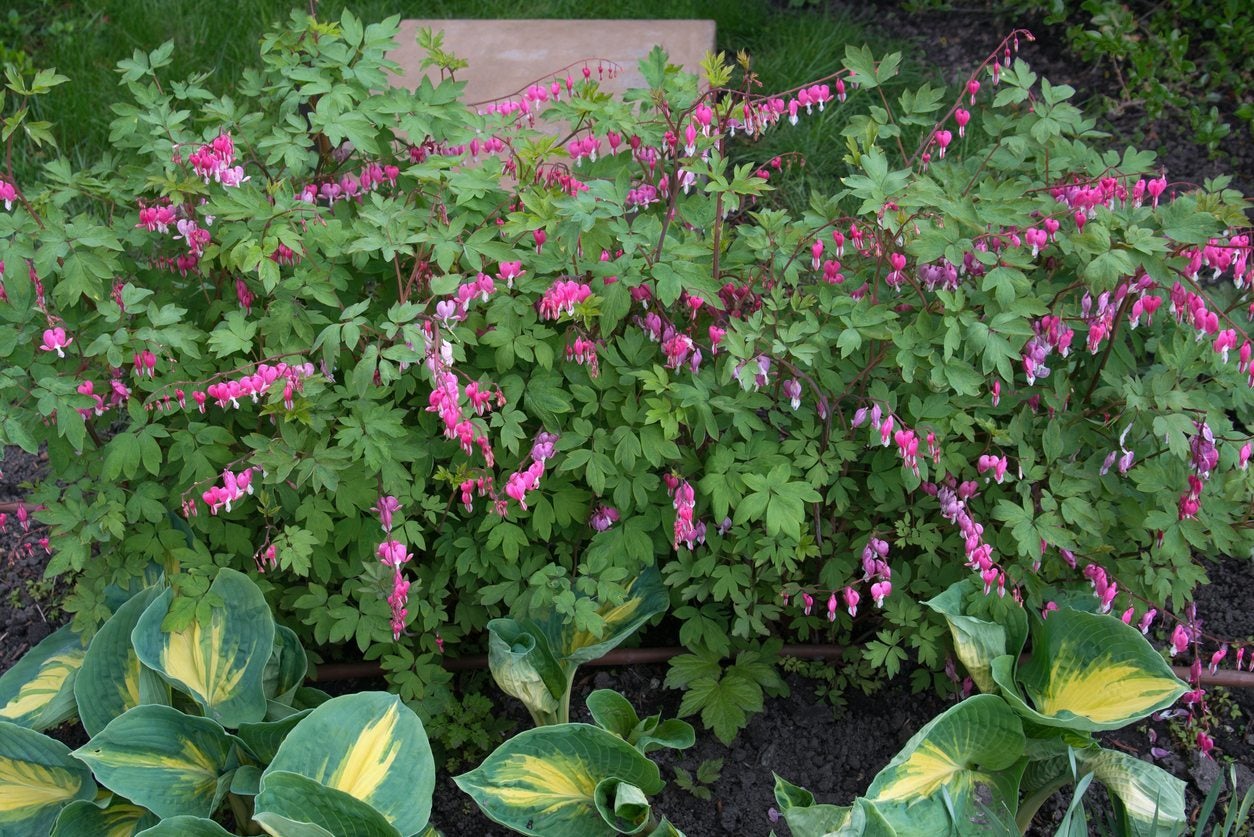 Bleeding Heart Diseases – Recognizing Diseased Bleeding Heart Symptoms
Bleeding Heart Diseases – Recognizing Diseased Bleeding Heart SymptomsBleeding heart (Dicentra spectablis) is a relatively hardy plant in spite of its lacy foliage and delicate, dangling blooms, but it can be plagued by a handful of diseases. Click on the following article to learn about common diseases of bleeding heart plants.
By Mary H. Dyer
-
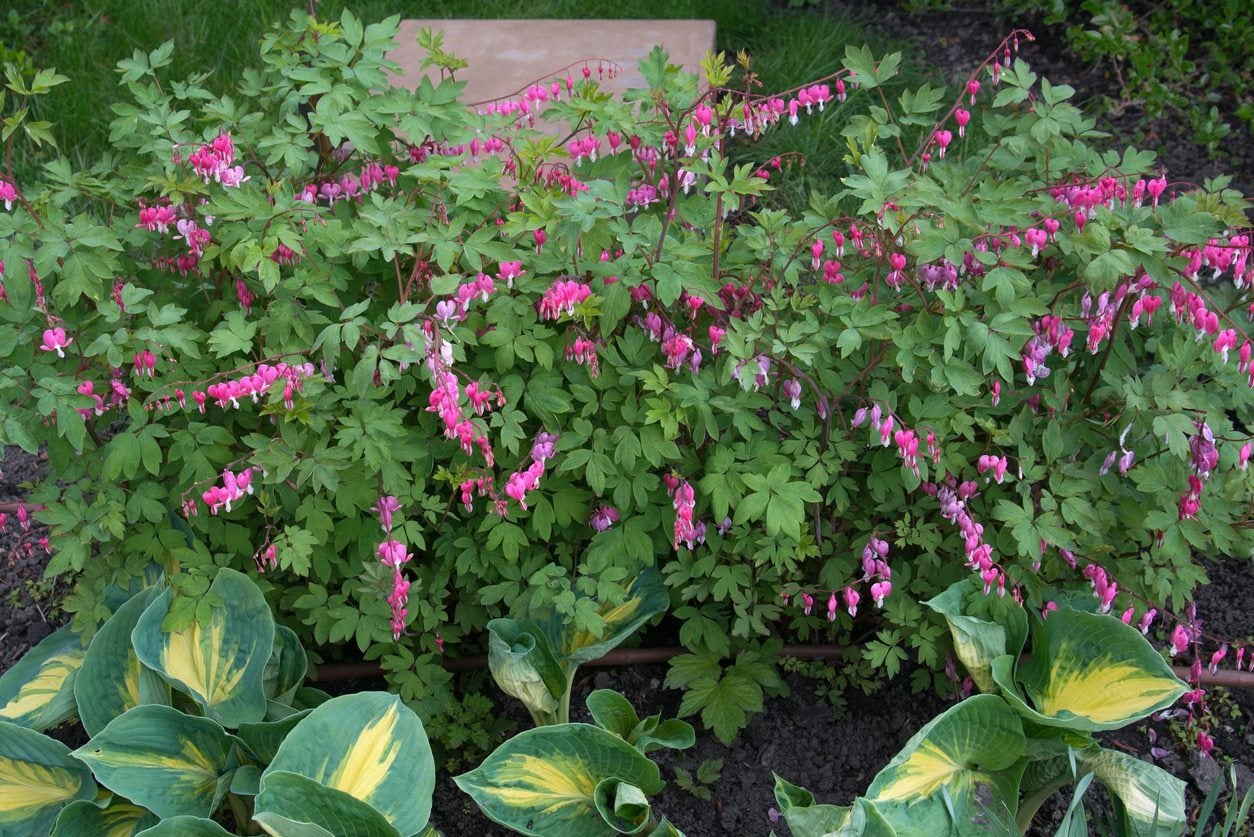 Caring For Bleeding Heart Transplants – How To Transplant A Bleeding Heart Plant
Caring For Bleeding Heart Transplants – How To Transplant A Bleeding Heart PlantGot a bleeding heart plant that always looks spindly, yellow and barely producing any flowers? If you find yourself in a circumstance like this and need to move a bleeding heart plant, then click on the article that follows for information on transplanting bleeding hearts.
By Darcy Larum
-
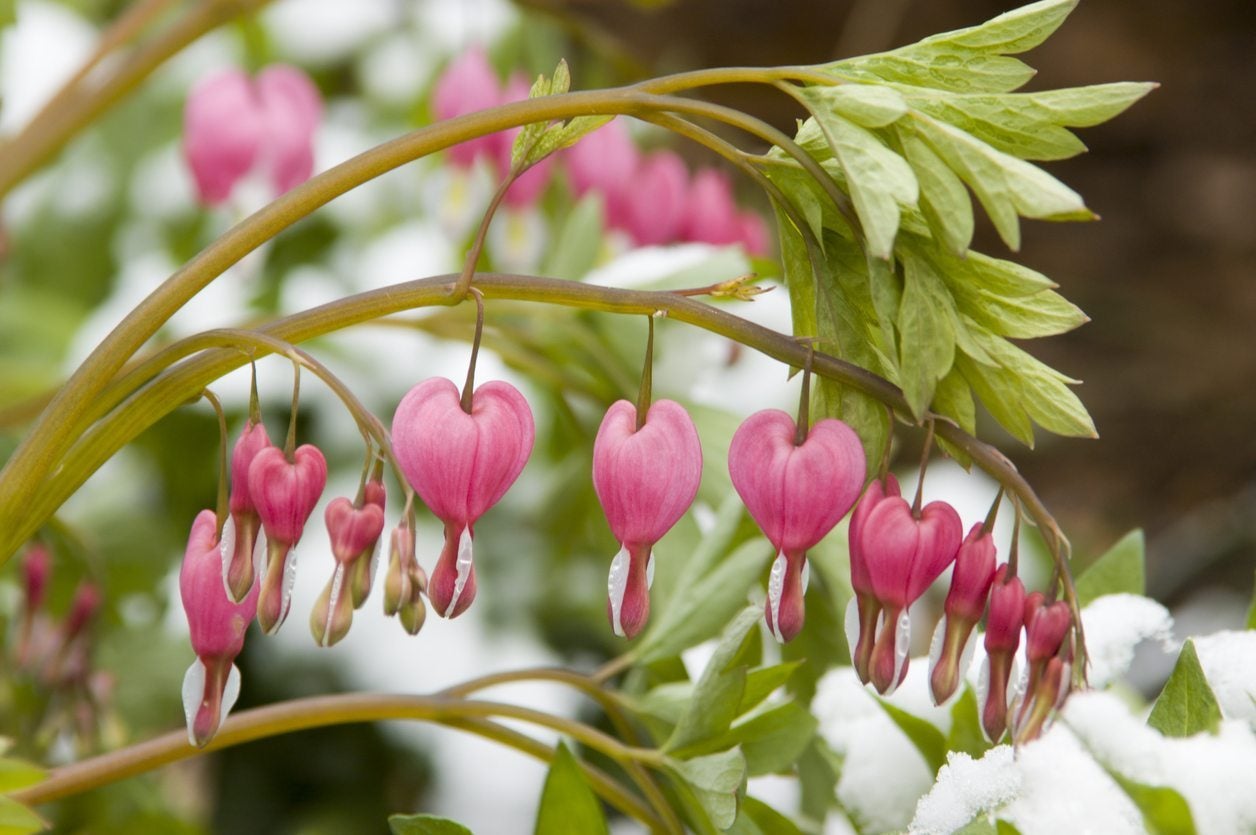 Winterizing A Bleeding Heart Plant – How To Overwinter A Bleeding Heart
Winterizing A Bleeding Heart Plant – How To Overwinter A Bleeding HeartBleeding heart bushes bring a colorful and Old World charm to any garden. But what should you do when temperatures start to drop? Click here to learn more about bleeding heart winter care and how to protect a bleeding heart during winter.
By Liz Baessler
-
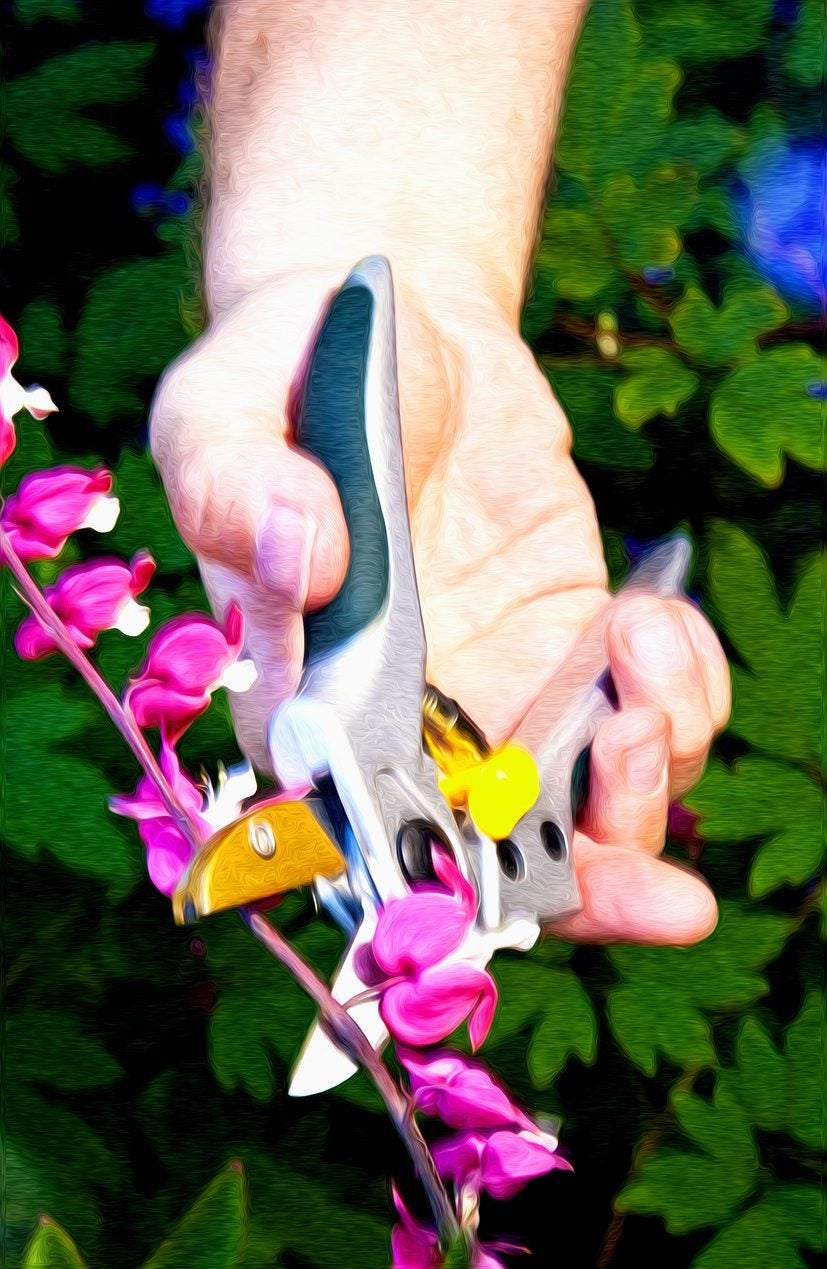 Tips For Bleeding Heart Pruning – How To Prune A Bleeding Heart Plant
Tips For Bleeding Heart Pruning – How To Prune A Bleeding Heart PlantBleeding heart plants are beautiful perennials that produce very distinctive heart-shaped flowers. But how do you keep one in check? Does it need regular pruning, or can it be allowed to grow on its own? Learn more about how and when to prune bleeding hearts here.
By Liz Baessler
-
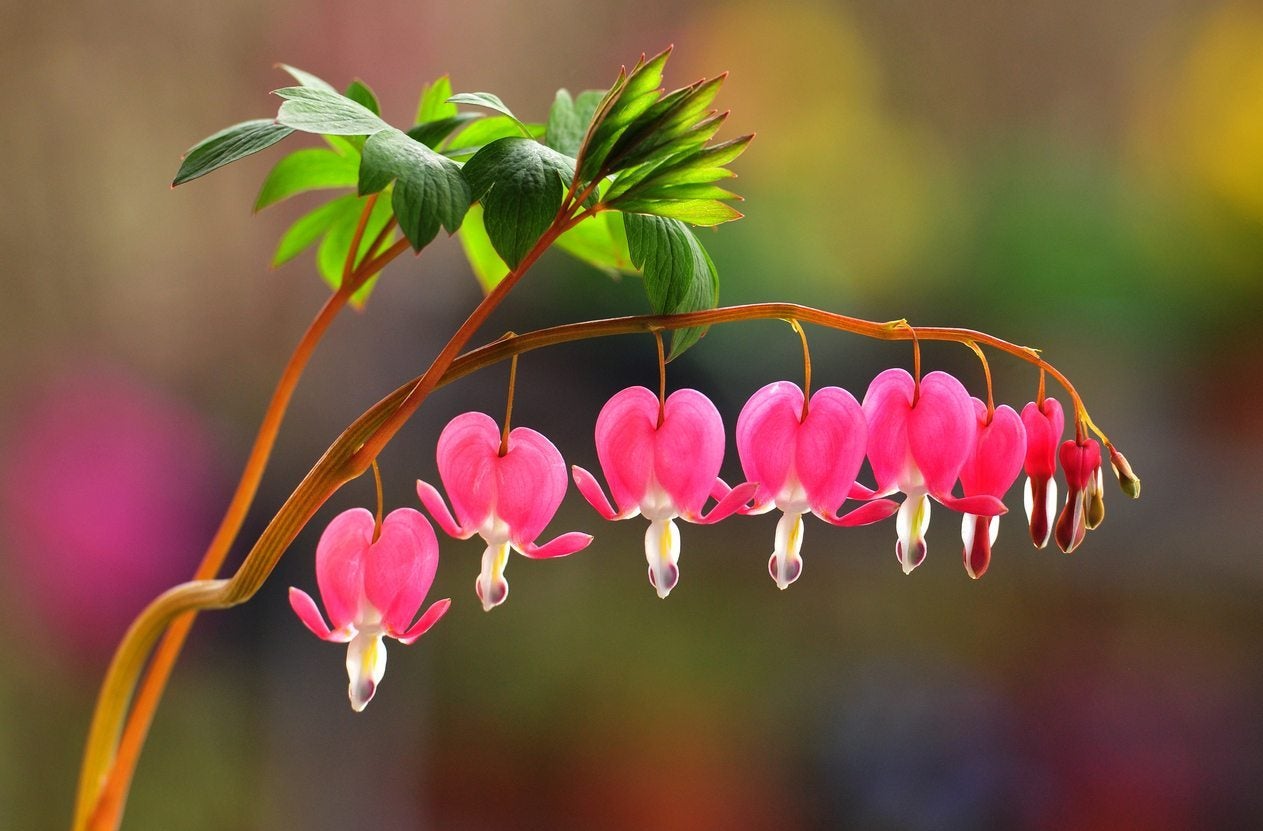 Propagating Bleeding Hearts : How To Grow More Bleeding Hearts
Propagating Bleeding Hearts : How To Grow More Bleeding HeartsFew plants match the old-fashioned charm and romantic blossoms of bleeding hearts. These whimsical plants appear in spring in shady to partially sunny locations. As perennials they come back year after year but how to propagate bleeding heart plants? Find out here.
By Bonnie L. Grant